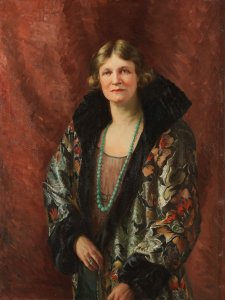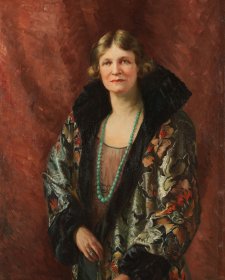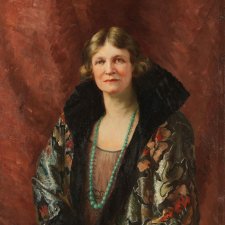John Burton (1915-2010), public servant, author and academic, was educated in Sydney and at the London School of Economics, where he gained his doctorate on a Public Service Scholarship in 1942. Returning to Australia, he rejoined the Commonwealth Public Service, in which he had worked before the war as a postal clerk. During World War 2 he accompanied 'Doc' Evatt on missions to the US and the UK, and he represented Australia at several major international conferences during the 1940s. In 1947, aged 32, he was appointed Permanent Head of the Department of External Affairs, a position he held until he was appointed High Commissioner to Ceylon in 1951. He resigned this post almost immediately to contest the Federal election as a Labor candidate in New South Wales, but was defeated. While farming in the Weetangera district, now suburban Canberra, he bought a Kingston book shop and hawked his stock from a bus throughout the local region, while he wrote, travelled, lectured and engaged in left party politics. His first book, The Alternative: A dynamic approach to Australian relations with Asia was published in 1954, and his second, Peace Theory: Preconditions of disarmament, written while he held a Fellowship at the ANU, in 1962. In 1964 he took a teaching position at University College, London, where he became co-Director of the Centre for the Analysis of Conflict. He lectured at the University of Kent before retiring and moving to the US, where he taught and helped to establish a number of university centres for conflict analysis and resolution. Burton has became known as a founder of the field of international conflict resolution through his books, which include International Relations: A general theory (1965), Deviance, Terrorism and War (1979), Global Conflict: The domestic sources of International Crisis (1983, Chinese translation 2007), Conflict Resolution: Theory and practice (1986), Conflict Resolution: Its language and processes (1996) and Violence Explained (1997).
Collection: National Portrait Gallery
Gift of Mr and Mrs John Burton 2007
John Burton (age 36 in 1951)



On one level The Companion talks about the most famous and frontline Australians, but on another it tells us about ourselves.



Penelope Grist explores the United Nations stories in the Gallery’s collection.



Visit us, learn with us, support us or work with us! Here’s a range of information about planning your visit, our history and more!